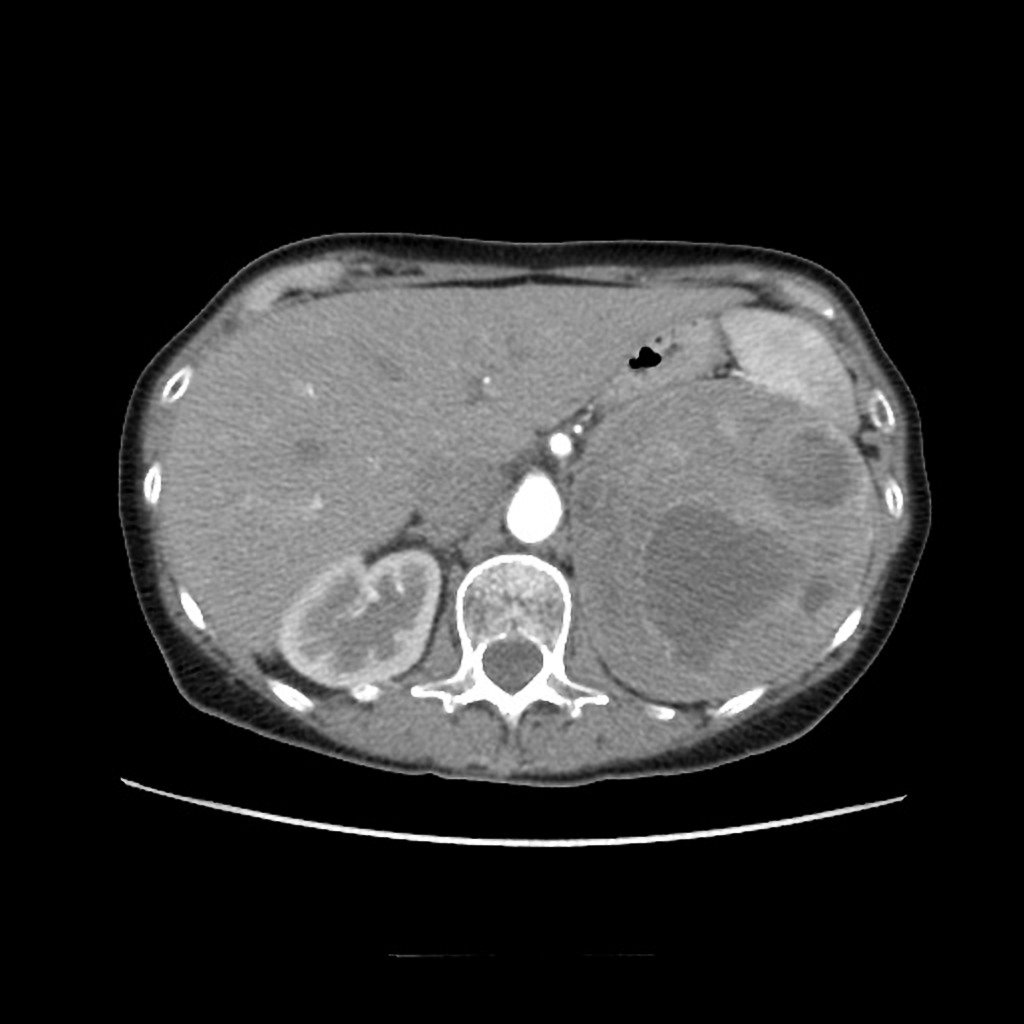Sandbox: hyperthyroidism 2
Editor-In-Chief: C. Michael Gibson, M.S., M.D. [1];Associate Editor(s)-in-Chief: Ahmed Younes M.B.B.CH [2]
Differentiating hyperthyroidism from other diseases
| According to the origin of the abnormality | |||||||||||||||||||||||||||||||||||||
| Primary hyperthytoidism | Secondary hyperthyroidism | Tertiary hyoperthyroidism | |||||||||||||||||||||||||||||||||||
| • Grave’s disease • Toxic thyroid nodule • Thyroid adenoma • Multinodular goiter | • Pituitary adenoma • Intracranial tumors pressing pituitary gland | • Excess thyroxin production due to disorders of the hypothalamus which may be due to intracranial tumors or masses. | |||||||||||||||||||||||||||||||||||
According to iodine uptake
Hyperthyroidism can be classified according to the results of iodine uptake test into[1]
High iodine uptake
High or normal uptake:
- Iodine caused hyperthyroidism
- Hashitoxicosis
- Germ cell tumors (choriocarcinoma in males and testicular germ cell tumors)
- Pituitary TSH producing adenoma
- Vasomotor instability in the form of Hot flashes, hot flushes, including night sweats and Sleep disturbances
- Urogenital atrophy causing Itching, Dryness, Bleeding, Watery discharge, Urinary frequency, Urinary urgency andUrinary incontinence
- Skeletal symptoms in the form of Osteoporosis (gradually developing over time), Joint pain, muscle pain and Back pain
- Psychological manifestations such as Mood disturbance, Irritability, Fatigue, Memory loss anDepression
- Sexual disorders: Decreased libido, Vaginal dryness, Problems reaching orgasm and Dyspareunia
Low uptake:
- Subacute thyroiditis
- Hyperthyroidism due to ectopic thyroid tissue
- Factitious thyrotoxicosis
- Struma ovarii
- Painless thyroiditis
- Amiodarone induced thyroiditis-Type 1
- Amiodarone induced thyroiditis-Type 2
| According to Iodine uptake | |||||||||||||||||||||||||||||||||||||
| High iodine uptake | High or normal uptake | Low uptake | |||||||||||||||||||||||||||||||||||
| • Graves' disease • Toxic multinodular goiter • Toxic thyroid adenoma | • Iodine caused hyperthyroidism • Hashitoxicosis • Germ cell tumors (choriocarcinoma in males and testicular germ cell tumors) • Pituitary TSH producing adenoma | • Subacute thyroiditis • Hyperthyroidism due to ectopic thyroid tissue • Factitious thyrotoxicosis • Struma ovarii • Painless thyroiditis • Amiodarone induced thyroiditis-Type 1 • Amiodarone induced thyroiditis-Type 2 | |||||||||||||||||||||||||||||||||||
| Disease | Prominent clinical features | Lab findings | Images | |||
|---|---|---|---|---|---|---|
| Hyperthyroidism | The main symptoms include:
|
|
 | |||
| Essential hypertension | Most patients with hypertension are asymptomatic at the time of diagnosis. Common symptoms are listed below: | JNC 7 recommends the following routine laboratory tests before initiation of therapy for hypertension:
|
- | |||
| Generalized anxiety disorder | According to DSM V, the following criteria should be present to fit the diagnosis of generalized anxiety disorder:
}} |
- | - | |||
| Menopausal symptoms | The perimenopause symptoms are caused by an overall drop, as well as dramatic but erratic fluctuations, in the levels of estrogens, progestin, and testosterone. Some of these symptoms such as formication may be associated with the hormone withdrawal process.
|
- | ||||
| Opioid withdrawal disorder |
DSM-V Diagnostic Criteria for Opioid Withdrawal
|
|
- | |||
| Pheochromocytoma | The hallmark symptoms of a pheochromocytoma are those of sympathetic nervous system hyperactivity, symptoms usually subside in less than one hour and they may include:
Please note that not all patients with pheochromocytoma experience all classical symptoms. |
Diagnostic lab findings associated with pheochromocytoma include:
|
 |
- ↑ [+http://www.thelancet.com/journals/lancet/article/PIIS0140-6736(05)72981-0/abstract "Thyroid disease classification - The Lancet"] Check
|url=value (help).